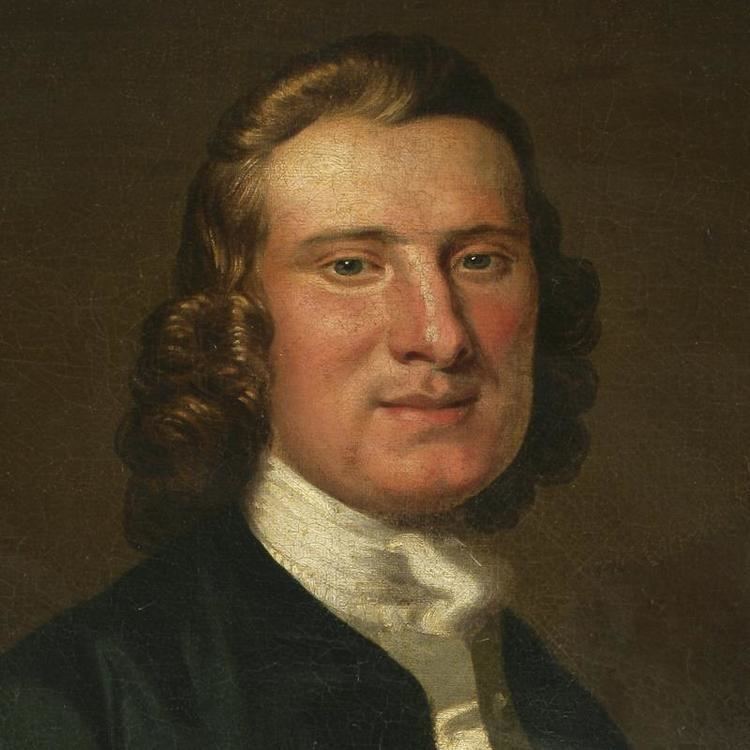Name Frederick II | ||
 | ||
Frederick Philipse II (1698-1751) was the second Lord of Philipsburg Manor. He was the son of Philip Philipse, eldest son of Frederick Philipse I, Lord of the Philipsburg Manor, and Maria Sparks, daughter of the Governor of Barbados.
Contents
Upon the death of his bachelor uncle Adolphus Philipse Frederick II inherited Adolphus' share of Philipse lands and commercial interests received from Frederick I, as well as the Highland Patent Adolphus had been granted by the Crown for lands purchased north of Westchester County between the Hudson River and the Connecticut Colony.
Upon Frederick II's death Philipsburg Manor was bequeathed to his son, Frederick Philipse III, the third Lord, and the Highland Patent was divided among Frederick II's surviving offspring, Philip Philipse, Mary Philipse, and Susanna. Later known as the Philipse Patent, the roughly 250 square mile parcel became today's Putnam County New York.
Biography
Philipse' mother died shortly after his birth. Following his father's death in 1700, young Frederick went to New York to live with his grandfather, Frederick I. When his grandfather died in 1702, Frederick was raised by his grandfather's wife, Catharine Van Cortlandt, who took him to England to be educated. He studied law in England, and upon reaching his majority, he inherited a large part of the Philipse estate and became the second Lord of Philipsburg.
Frederick Philipse II served as a Justice of the Peace, an Alderman and, between 1721 and 1728, Speaker of the Assembly. He was appointed Third Justice of the Supreme Court of Judicature in 1731. He took office as Second Justice in 1733, a position that he held until his death in 1751.
On April 6, 1733, Frederick Philipse II, as a committee member, helped to lay out the original Bowling Green in NYC. Later that year, he became one of the lessee's in charge of Bowling Green at the cost of one peppercorn per year.
Justice Philipse was a member of the majority that found in favor of Governor Cosby in Cosby v Van Dam, the 1733 case that precipitated the political crises that led to the Zenger trial. As Second Justice, Philipse participated in the 1741 New York Slave Conspiracy trials which, based upon questionable testimony, resulted in death sentences for thirty-four defendants.
When he died, Philipsburg Manor passed on to Frederick Philipse III, along with the Highland Patent to extensive lands in Dutchess County known as the Philipse Patent that in turn became today's Putnam County, New York.
Family
He left surviving him his wife Johanna, two sons, Frederick his heir, and Philip, to whom was devised (in equal portions with his sisters) the upper highland patent of Philipstown, and three daughters, Susannah, wife of Mr. Beverley Robinson, Mary, (who married Col. Roger Morris) whom he calls in his will his second daughter, and Margaret, called his youngest. They had nine children baptized in the Dutch Church in New York, but their daughter Mary's baptism does not appear here, if the published date of her birth, July 5, 1730, is correct.
